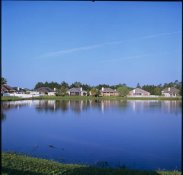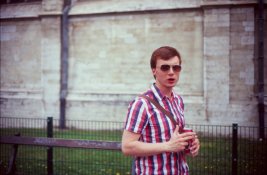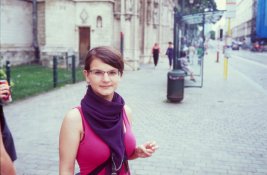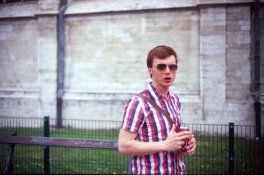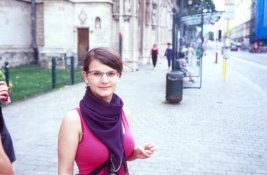pumrel
Member
- Joined
- Jul 1, 2013
- Messages
- 12
- Format
- 35mm RF
Hi,
I am really struggling to get a good scan of Velvia with my Epson V500. I am using Vuescan and also bought an IT8 target hoping it would get me much better results. The IT8 target is from Wolf Faust (coloraid.de). It should be of decent quality. I don't use Vuescan film profiling. Instead I scanned the target to raw tiff with no color changes at all. I only adjusted the lock exposure a bit. Then I scanned the target with Argyll's command 'scanin' and created an ICC profile with 'colprof'. The process is nicely summed up here. I went with display XYZ cLUT + matrix as it seems to be performing better that the others (or at least equally well).
Then I scan a Velvia film in the exact same manner as the target and apply the profile in Darktable. I would expect good results but actually applying just 'linear RGB' looks much better.
Here are some examples I get in the order - raw,velvia icc profile,linear rgb.

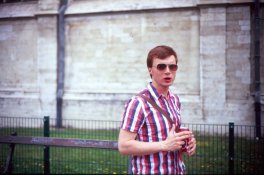
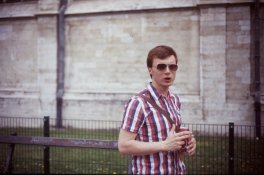

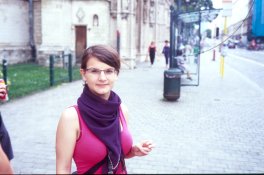

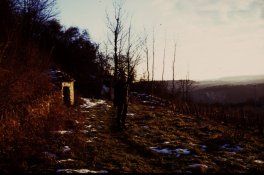
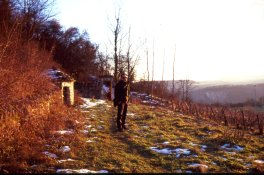

With the custom profile the colors tend to clip, there is less detail and are a bit blueish. I really cannot make head or tail of it. Is there something wrong with my workflow or the target? A custom made ICC profile should return the best results, right?
I am really struggling to get a good scan of Velvia with my Epson V500. I am using Vuescan and also bought an IT8 target hoping it would get me much better results. The IT8 target is from Wolf Faust (coloraid.de). It should be of decent quality. I don't use Vuescan film profiling. Instead I scanned the target to raw tiff with no color changes at all. I only adjusted the lock exposure a bit. Then I scanned the target with Argyll's command 'scanin' and created an ICC profile with 'colprof'. The process is nicely summed up here. I went with display XYZ cLUT + matrix as it seems to be performing better that the others (or at least equally well).
Then I scan a Velvia film in the exact same manner as the target and apply the profile in Darktable. I would expect good results but actually applying just 'linear RGB' looks much better.
Here are some examples I get in the order - raw,velvia icc profile,linear rgb.









With the custom profile the colors tend to clip, there is less detail and are a bit blueish. I really cannot make head or tail of it. Is there something wrong with my workflow or the target? A custom made ICC profile should return the best results, right?





